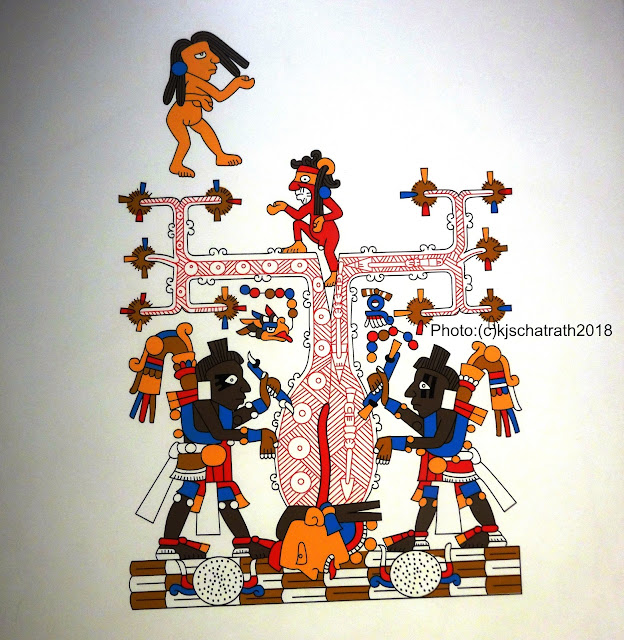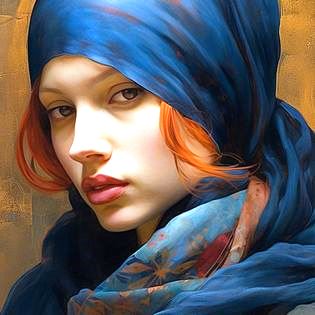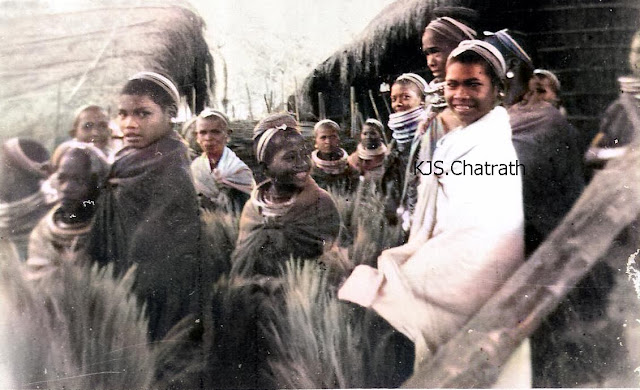‘A look at some Maya Codices in Mexico's Anthropological Museum' - by K J S Chatrath
I visited the Mexican Anthropological Museum in Mexico City in 2018. I have had the occassion to visit many museums the world over. I would have no hesitation in rating this as one of the best that I have visited. What impressed me greatly was that most of the articles on display belong to the Mesoamerica region itself, unlike some highly spoken of museums of Europe and USA which have profited at the expense of looted treasures of poor countries.
Let me try to link it to the subject of the current article which is about Maya codices.
These codices (singular codex) are folding books written by the pre-Colombian Maya civilization in Maya hieroglyphic script on Mesoamerican bark paper. The folding books are the products of professional scribes working under the patronage of deities such as the Tonsured Maize God and the Howler Monkey Gods. Most of the codices were destroyed by conquistadors and Catholic priests in the 16th century.
And the small portion that escaped the senseless plunder and destruction has found place in the museums of the rich countries.
The Mixtecs, or Mixtecos, are indigenous Mesoamerican peoples of Mexico inhabiting the region known as La Mixteca of Oaxaca and Puebla as well as La Montaña Region and Costa Chica Regions of the state of Guerrero.
The Mixtecs referred to their codices as naandeye or tonindeye, meaning the history of lineage/bloodlines; another term given to these sacred documents is nee nuhu which translates to sacred skin or skin of god.
Most pre-historic codices known to us come from the Upper Mixtec region and were painted by painter-scribes or tay huisi tacu. The texts were painted over large deer skin strips, which were converted to a thin layer of lime and painted with mineral and organic pigments.
Their sizes vary; yet, all codices were folded in an accordion, which was then bound by a wooden covering. The writing in these documents is hieroglyphic and pictographic; thus, by means of images and convention allied symbols, the Mixtecs were able to narrate historical, genealogical and mythical events.
The tay huisi tacu received an education allowing the learning of their pictorial tradition, rituals and calendar;; a priest probably supervised the work of the manuscript. The reading of these codices generally begins in the lower right side of a page and follows a zigzagging motion from right to left.














Comments
Post a Comment